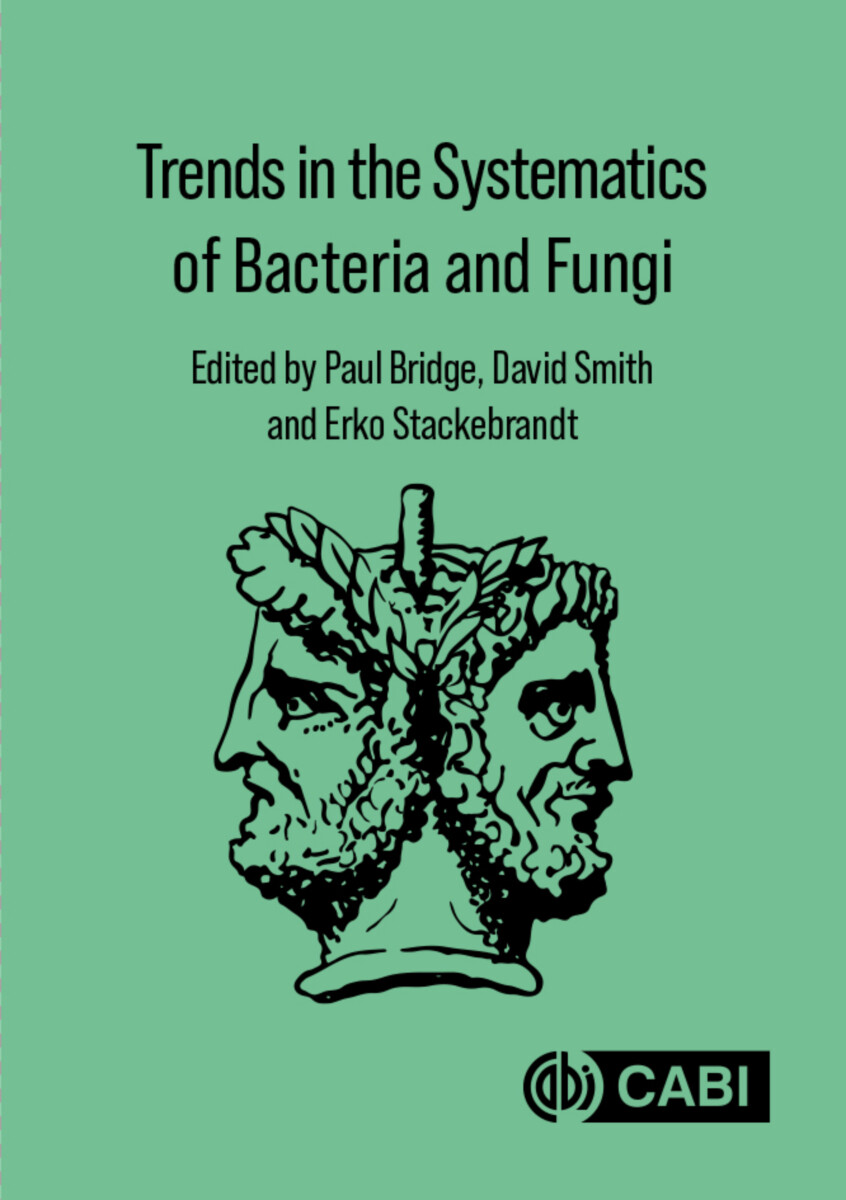Trends in the Systematics of Bacteria and Fungi
- Publisher
CABI - Published
23rd December 2020 - ISBN 9781789244984
- Language English
- Pages 352 pp.
- Size 6" x 9"
Methods in microbial systematics have developed and changed significantly in the last 40 years. This has resulted in considerable change in both the defining of microbial species and the methods required to make reliable identifications. Developments in information technology have enabled ready access to vast amounts of new and historic data online. Establishing both the relevance and the most appropriate use of this data is now a major consideration when undertaking identifications and systematic research. This book provides some insights into how current methods and resources are being used in microbial systematics, together with some thoughts and suggestions as to how both methodologies and concepts may develop in the future. It includes coverage of:
- The philosophy and changes in microbial systematics, including the relevance of names, new concepts of species, and the issues encountered with species that cannot be grown in culture.
- The application of new identification technologies, specifically those based on nucleic acids and complex chemo-taxonomic methods.
- The challenges of using published databases and other data resources in arriving at an identification appropriate to current species concepts.
- The practical requirements of an identification: obtaining and verifying reference cultures and data, and the type and level of identification required by different users.
1: Bridging 200 years of bacterial classification
2: Identification of fungi: background, challenges and prospects
3: Names of microorganisms and data resources to retrieve information about published names
4: Preserving the reference strains
5: Can older fungal sequence data be useful?
6: Data resources: role and services of culture collections
7: MALDI TOF MS and currently related proteomic technologies in reconciling bacterial systematics
8: MALDI-TOF MS and its requirements for fungal identification
9: The strength of chemotaxonomy
10: Microbial Genomic Taxonomy
11: Navigating bacterial taxonomy in a world of unchartered microbial organisms
12: Sequence-based identification and classification of fungi
13: Identification and Classification of Prokaryotes Using Whole Genome Sequences
14: Genomic sequences for fungi
15: What can genome analysis offer for bacteria?
16: Genomes Reveal the Cohesiveness of Bacterial Species Taxa and Provide a Path Toward Describing All of Bacterial Diversity
17: Are species concepts outdated for Fungi? Intraspecific variation in plant-pathogenic fungi illustrates the need of subspecific categorization
18: Where to now
Paul D. Bridge
Paul Dennis Bridge was previously Director of Bioservices at CABI, Head of Evolutionary Biology Group at British Antarctic Survey, and Kew Chair of Mycology at Birkbeck. He has 30 years history in practical microbial systematics in agricultural and environmental programs. Author of over 150 scientific papers, chapters and reviews and co-editor for 10 books.
David Smith
David Smith has 44 years at CABI and is currently Director of Biological Resources with a long history of managing a living fungal collection; developing and managing projects on conservation and use of microorganisms having presented over 150 conference papers and 180 publications, including 2 books and 25 book chapters.
Erko Stackebrandt
Erko Stackebrandt is the former Chair in Microbiology at the Universities of Kiel (Germany) and Brisbane (Australia). He is a professor at the University of Braunschweig and former Director of the Leibniz-Institute German Collection of Microorganisms and Cell Cultures GmbH, Braunschweig. He has been involved in the systematics, molecular phylogeny and ecology of archaea and bacteria for more than 40 years. He is the author of over 700 publications, including over 60 book chapters, and is the editor of 3 books.


